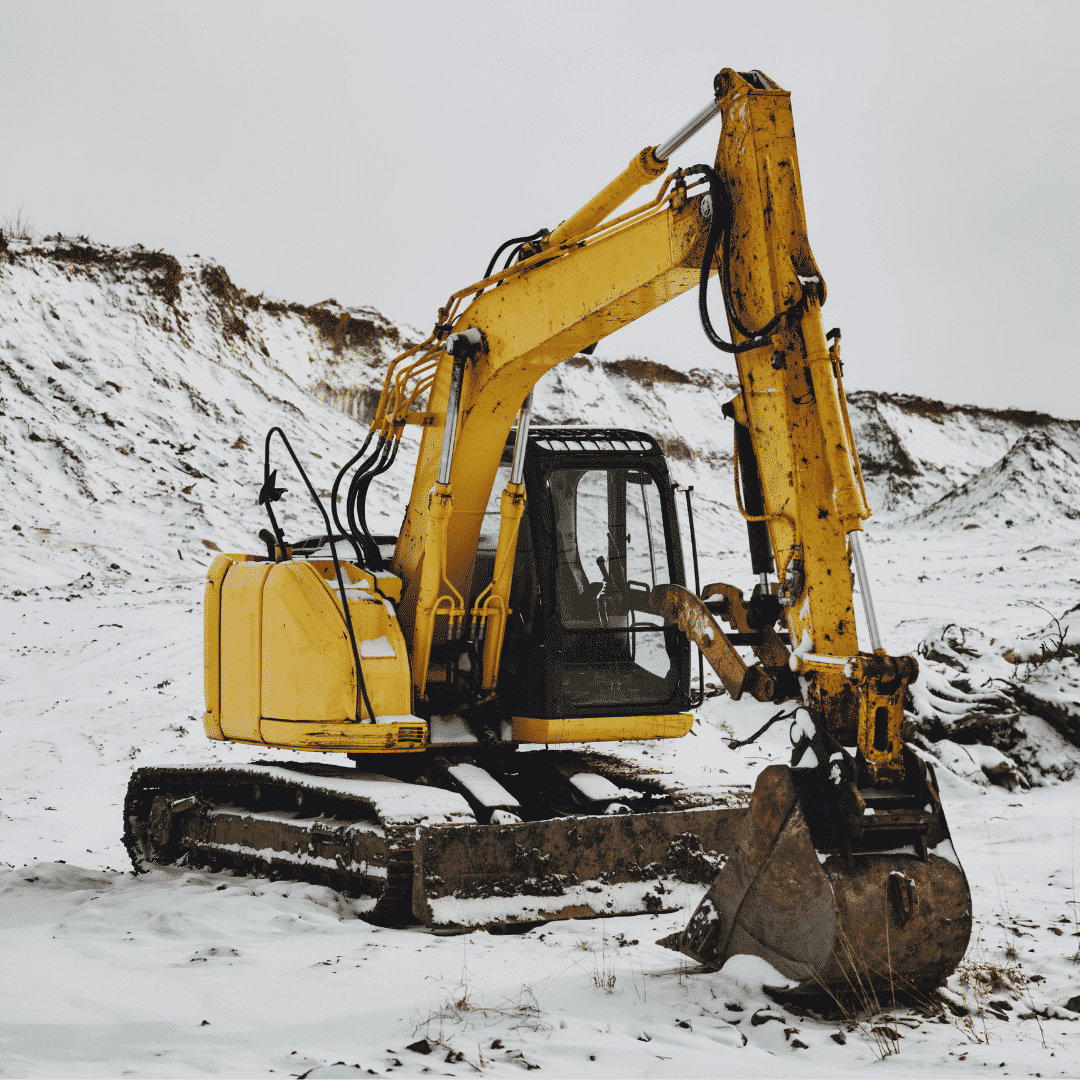
Cold Weather Safety Tips
The Midwest is expected to get up to 2 feet of snow tomorrow (Groundhog’s Day) and into Thursday. With these weather predictions, and Punxsutawney Phil seeing his shadow, we know we are in for an extended winter season. To safely prep for a potential 6 more weeks of winter we wanted to share our top cold weather safety tips.
-
Stay Hydrated
This tip is probably one of the most overlooked in the cold weather months. Hydration often is forgotten about in winter due to workers not sweating as much or not feeling as thirsty in the hot summer months. Although your body isn’t sweating, your body is still in need of water and electrolytes to keep you going on the job. Some great options other than water to keep with you at jobsites include sports-type drinks or hot chocolate!
-
Be Knowledgeable About Cold Stress
Cold stress occurs when your body is facing harsh cold temperatures, increased wind speeds, or when your body is wet or damp. These conditions can drive down your internal body temperature which can lead to frostbite, trench foot, hypothermia, and more. A safety tip to prevent cold stress from being detrimental to your health is to know the signs beforehand.
Symptoms of Frostbite: Reddened skin develops gray/white patches in the fingers, toes, nose, or ear lobes; tingling, aching, a loss of feeling, firm/hard, and blisters may occur in the affected areas.
Symptoms of Trench Foot: Reddening skin, tingling, pain, swelling, leg cramps, numbness, and blisters.
Symptoms of Hypothermia: An important mild symptom of hypothermia is uncontrollable shivering, which should not be ignored. Although shivering indicates that the body is losing heat, it also helps the body to rewarm itself. Moderate to severe symptoms of hypothermia are loss of coordination, confusion, slurred speech, heart rate/breathing slow, unconsciousness and possibly death. Body temperature that is too low affects the brain, making the victim unable to think clearly or move well. This makes hypothermia particularly dangerous because a person may not know what is happening and won’t be able to do anything about it.
-
Wear Proper Attire with Layers
Construction jobsites can vary from being completely indoors, outdoors or a mix of both and because of this, it is best to ensure you are prepared for all elements by wearing proper layers. A proper cold weather layered outfit includes at least 3 loose fitted layers that can be easily removed if needed. Also, waterproof outer layers are crucial to keep moisture away from the body. Workers should remember to always have gloves, extra socks, and head/face coverings to practice best cold weather safety.
Now that you know these tips for staying safe in the cold, you will be able to bear another few weeks of winter. Looking for other construction safety tips? Check out our blog, Your Safety Matters, where you can find out more about what NCW is committing to for the future of workplace safety.
NCW is a nationwide construction staffing and recruiting company that is dedicated to serving our workforce. Are you interested in advancing your career in construction? Apply online now here.
